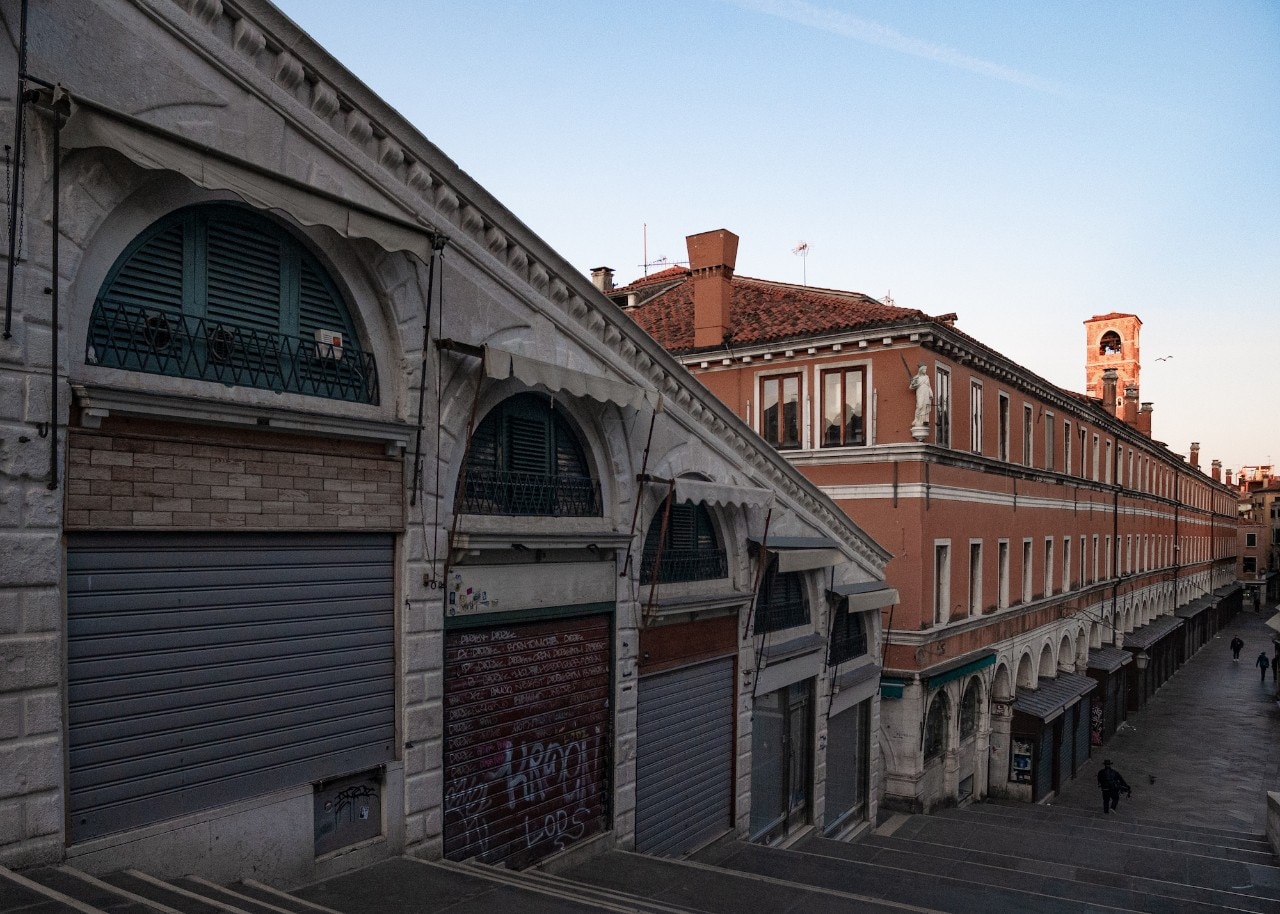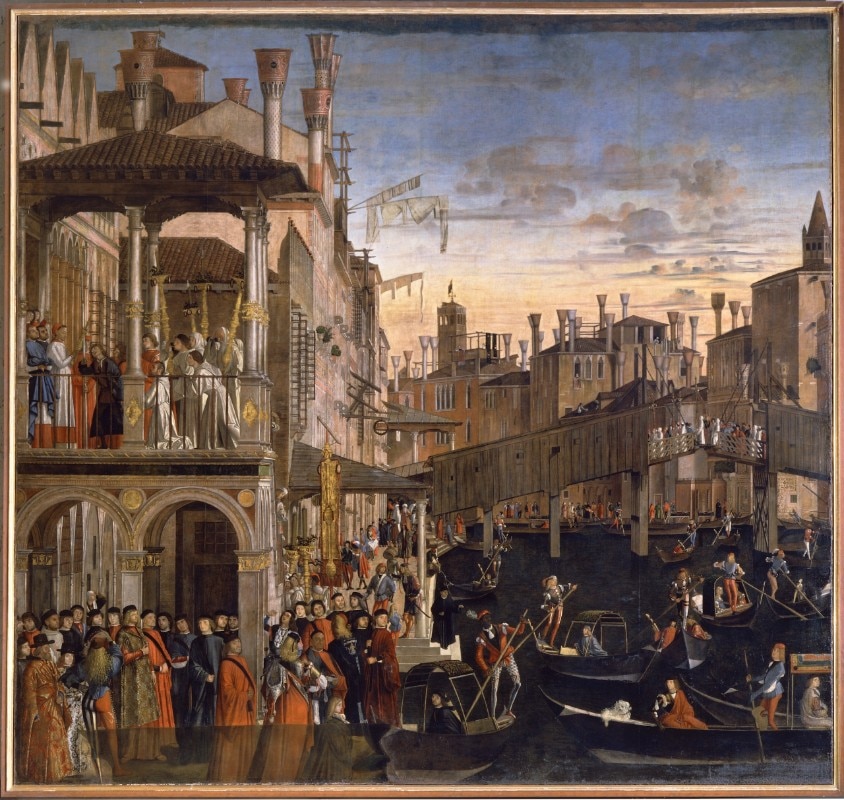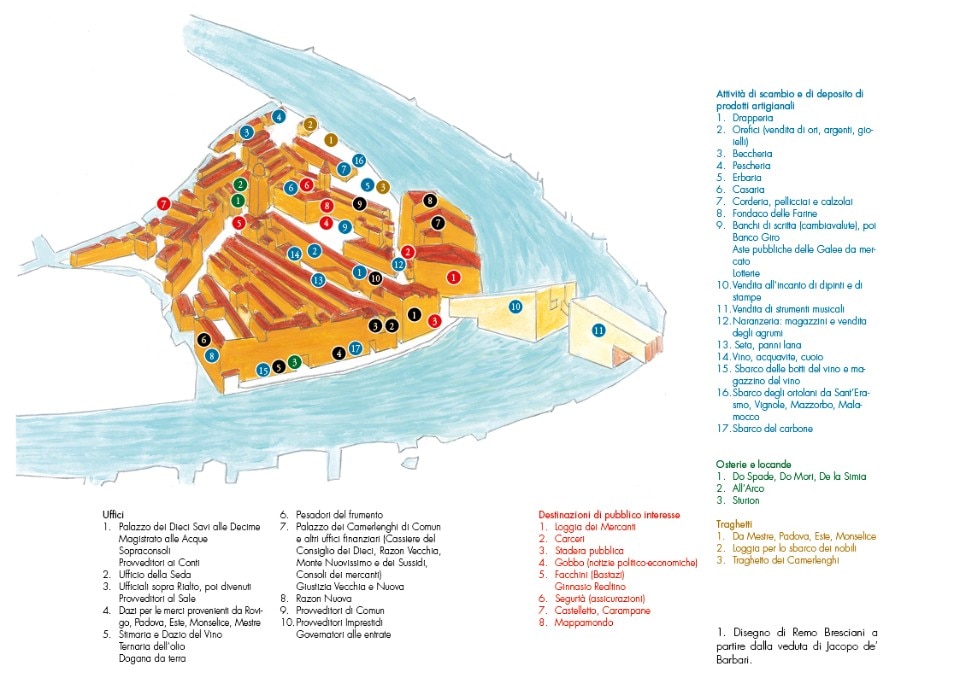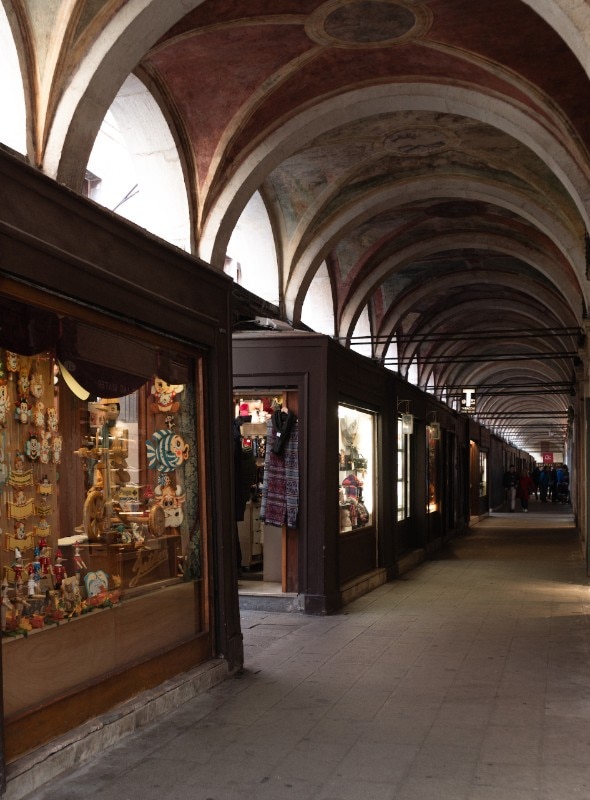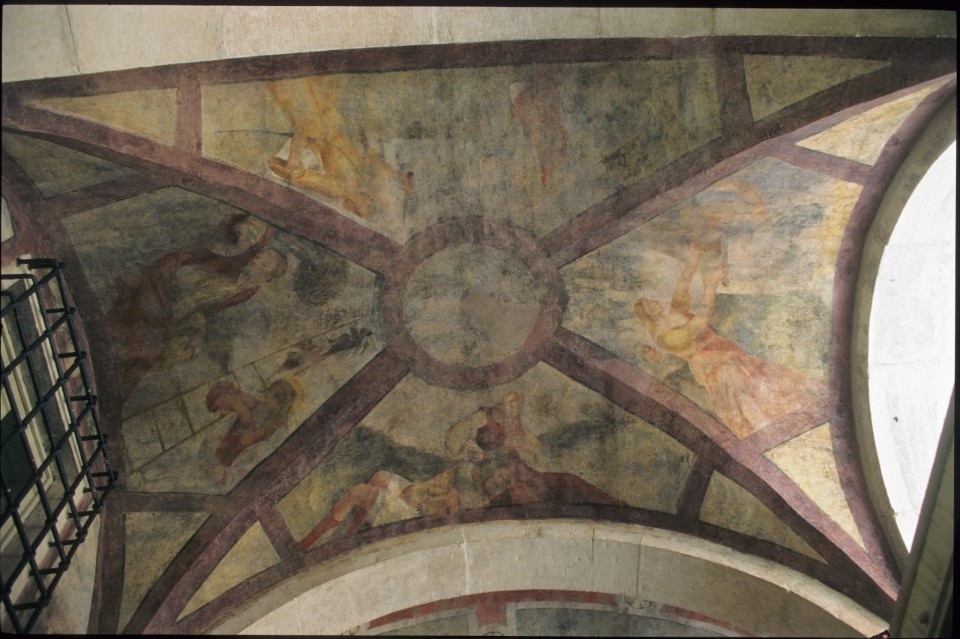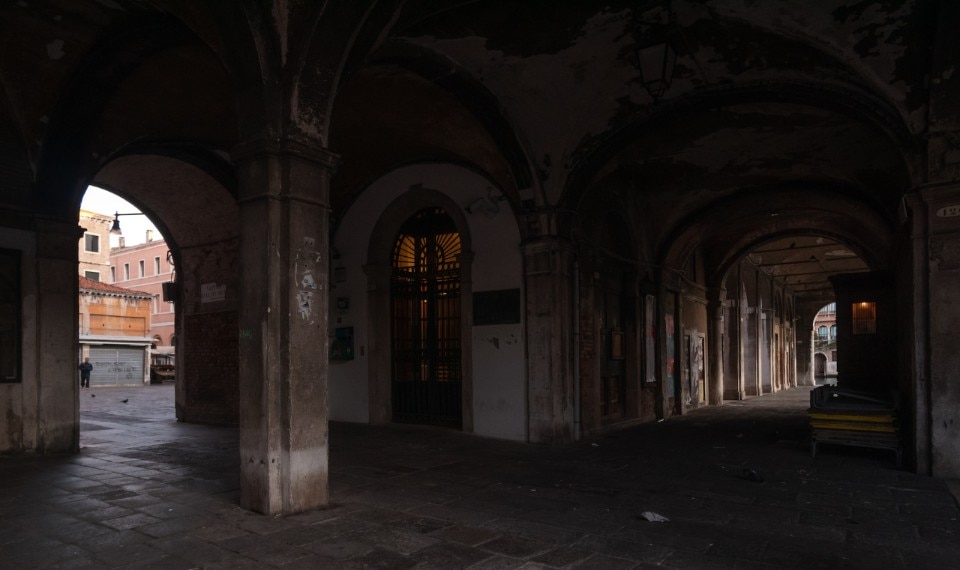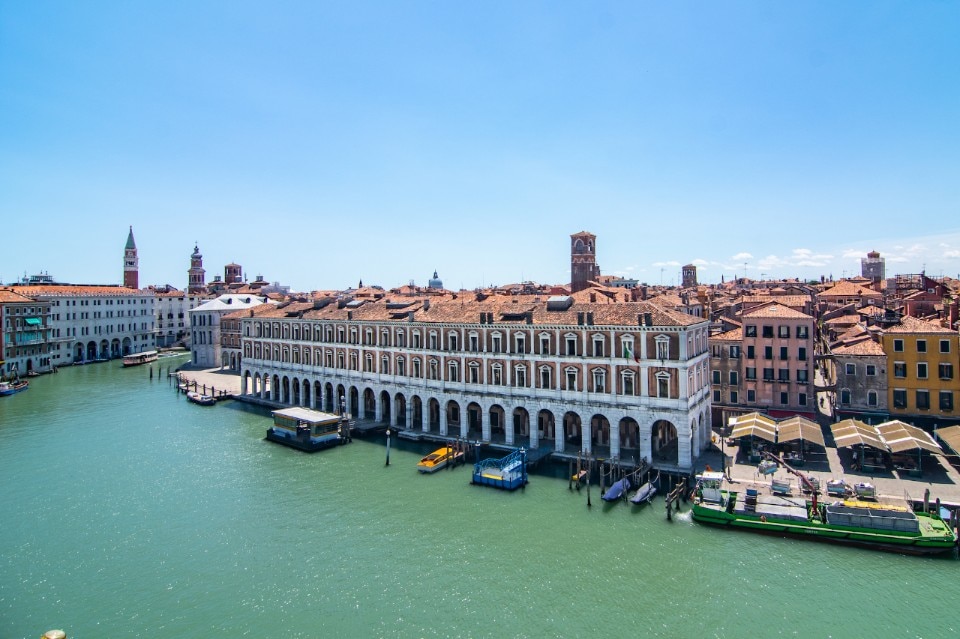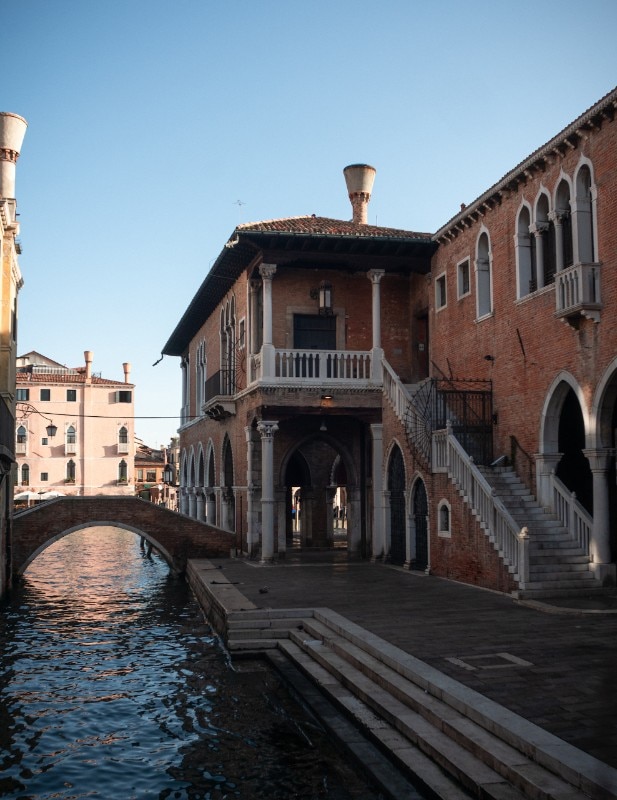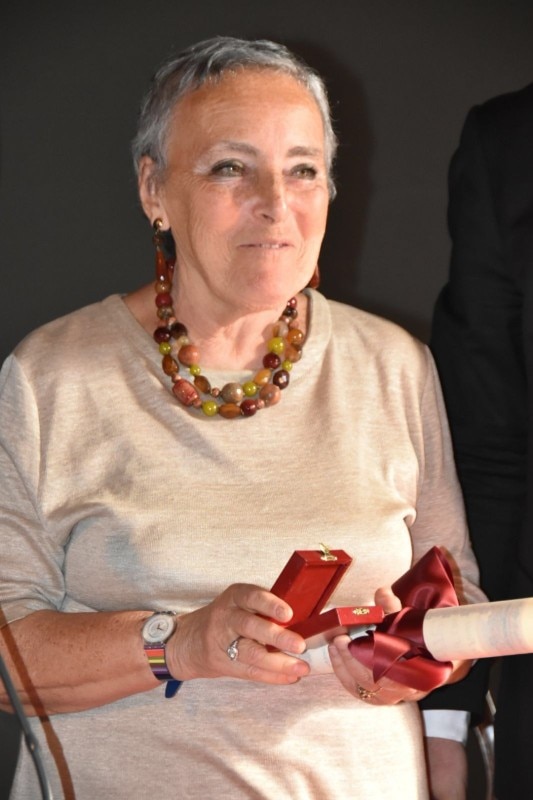During the 1575’s plague the Venetian notary Rocco Benedetti noted that the virus came from abroad, a third of the city’s population passed away (around 50,000), the calli (Venetian streets) and the campielli (Venetian little neighbourhoods) were empty, there was an absolute silence, no one could leave their homes without written permission, the Grand Canal was empty, the Rialto bridge was closed, the shops were locked, there was an economic crisis, and an emergency income was required. It might seem a neutral record of facts, but it is Donatella Calibi’s usual historical work who, having spent her entire life studying markets [1] in general and the Rialto one in particular [2], bears in her surname a trace of Venice’s many and remote commercial relations with the East – in fact, it means “of Aleppo”. She is a long-standing historian of architecture and of the city – she was Bruno Zevi and Leonardo Benevolo’s student at Iuav University of Venice, then Ennio Concina and Manfredo Tafuri’s collegue – and is now the head of the Progetto Rialto civic movement https://www.progettorialto.org/.
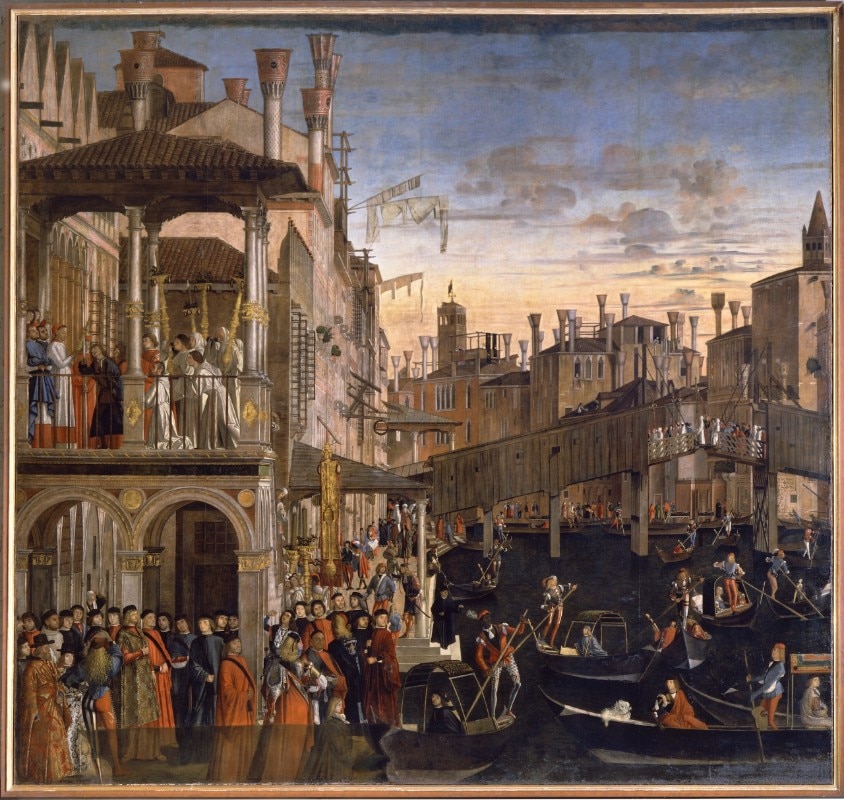
Tell us about your new adventure as a cultural and, in a way, political activist.
Progetto Rialto is an association aimed at mobilising the Venetian citizenry, which includes many foreigners and Venice’s friends such as Cambridge Professor Deborah Howard, in order to preserve this city starting from its old market, knowing that today it is going through one of its most difficult moments.
Your recently published book, Rialto. The market island in Venice (Verona, Cierre 2020 €19) is a concise history of a place that was the centre of a “world economy”, but it summarises all the current problems as well, could you point them out to us?
First of all, there is undoubtedly the demographic decline, which, however, characterises almost all the Italian historic centres. For instance, Bologna’s old town has more or less the same population of Venice’s one even though the two cities morphologies are extremely different from each other. Secondly, there is the structural change in the food trade: there is an objective competition between the historic markets and the small supermarkets that have been multiplied, and this was a political choice. Today’s shoppers are more likely to go to a supermarket because it has longer opening hours, offers different products such as washing powder and now it is possible to eat in there as well. The historic market can only survive by enhancing the quality of its fresh products, definitely greater than that produced by the large-scale retail trade, and by mixing them up: you cannot just offer fish and vegetables, rather you have to provide surplus value such as the artistic craftsmanship, then you will win the competition. The market should certainly equip itself so that its products can be directly eaten on the spot. Currently, a municipal ordinance establishes that you can eat anywhere in the calli except Rialto and St Mark’s Square, and I think that is frankly anti-historical.
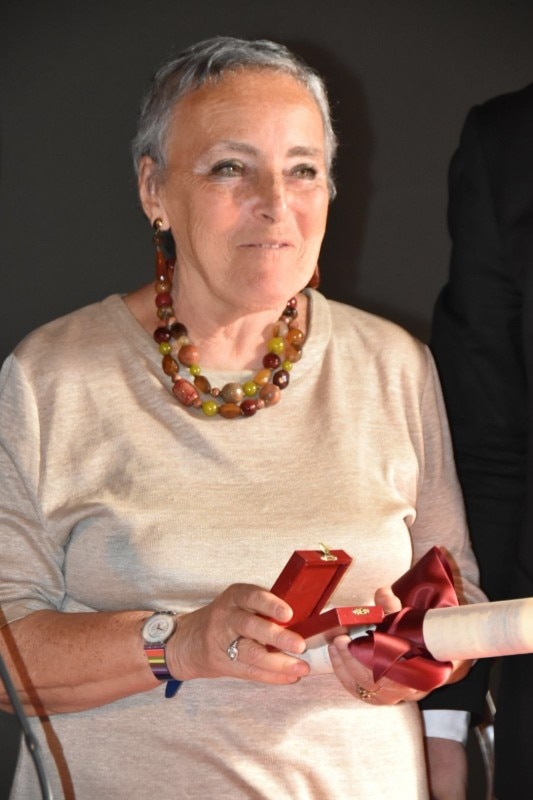
Having a comprehensive knowledge, at least at a European level, of the historical markets I imagine that you have in mind virtuous models to follow.
Indeed. A doctoral student I followed analysed the Toulouse’s example, which in a few years brought the old market to be now a youth meeting point, but there are many other possible ones. In Italy, old markets have so far been revitalised through quality catering only, as in the San Lorenzo’s market in Florence, in the Mercato delle Erbe in Bologna, and the same is happening in Turin and Milan, but I would like to be more ambitious. I think we need to mix and interweave different activities, the craftsmanship I mentioned earlier – in Venice there is still some of the highest quality such as the Sent sisters’ glass jewellery, or the paper craftsmen –, restorers such as the few remaining masters of Venetian-style terrazzo, cooking schools, etc., which, added to a series of precise cultural initiatives, could really revive a crucial area regardless of tourism. It would be possible to make a city museum without expensive documentary exhibitions involving all the city’s cultural institutions such as the two universities, the Academy of Fine Arts, Save Venice, and the Peggy Guggenheim Collection. In London they have carried out a similar idea by moving the Museum of London to Smithfield Market, reusing disused historic buildings. Barcelona, Hamburg, Lübeck and Paris have rethought their markets as well, by proposing a revitalisation based on a mixture of cultural activities and the production and sale of traditional fresh and cooked food on site, which can be taken away or eaten in refreshment areas. Venice has not made this, nor it is in the process of doing so; instead, it is thinking of transforming empty buildings into new hotels, and this is an unfortunate political choice.
It seems to me that neither you nor your association rely on the city administration...
No, not at all, in fact there is a climate of open hostility that emerged even during the last electoral campaign, which paradoxically cemented the members of the association, making us even more active and determined, involving other citizens and associations such as the Rialto Novo Committee, organising collections of signatures, but also a deeper knowledge, we are not just professors as some would have us believe! One of our pillars is Andrea Ghio, a fishmonger who is also a musician and keeps photographs of his father and grandfather that show the change in his world. For me, on the other hand, it is a new experience, transforming my studies into something alive and new, but still in continuity with my ideas guided by the teachings of Henri Pirenne [3]. It is not a battle of parochialism, because Venice is felt to be home to everyone, from Proust and Thomas Mann to Amitav Ghosh, who in his latest novel [4] reflects on the effects of climate change and invites us to consider it as a representation of the disorder of our time.
- [1]:
- Donatella Calabi, Il mercato e la città. Piazze, strade, fabbriche d'Europa in età moderna, Venice, Marsilio 1993; The Market and the City: Square, Street and Architecture in Early Modern Europe, Aldershot, Ashgate, 2004
- [2]:
- Donatella Calabi, Paolo Morachiello, Rialto: le fabbriche e il ponte (1514-1591), Turin, Einaudi 1987. Morachiello, former professor at Iuav University of Venice and a Rialto project’s member, died on 7 December 2020
- [3]:
- Henri Pirenne, Medieval Cities: their Origins and the Revival of Trade, Princeton University Press, 2014
- [4]:
- Amitav Ghosh, Gun Island, London, Murray, 2019


